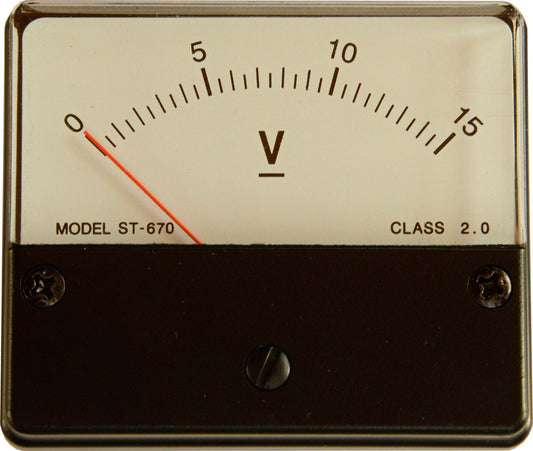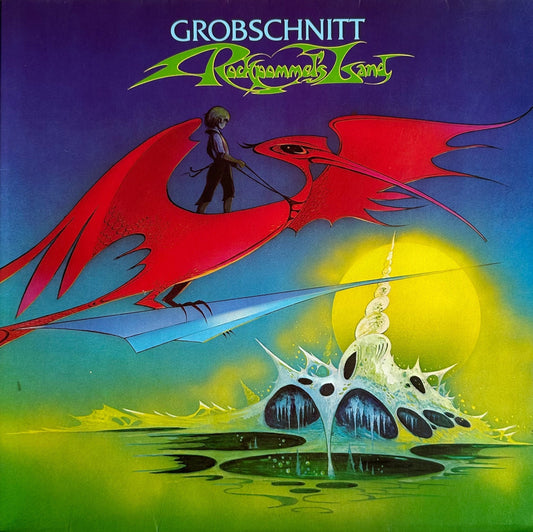Low level detail
by Paul McGowan
In yesterday's post When less is morewe covered one of the reasons vinyl sounds better than CD's in many cases: the dynamic range of the vinyl LP is restricted and, in order to fit everything onto the LP's limited space, the quietest sounds are turned up while the loudest are turned down dynamically. This has the effect of improving the ambience, low level detail and reverberation of the recording space such that LP's tend to sound more "live" and "real".
But what is low level detail and how is this accomplished? What are the ramifications of restricting or improving dynamic range?
Let me give you all an example that you can relate to. Think of a very softly recorded piece of music you've heard, perhaps a classical piece or even something like Miles Davis So What from his Kind of Blue release. My tendency on the Miles piece is to turn the overall level up to where I can hear the tape hiss and the reverb in the studio. Doing this gives you a great sense of where it was recorded. But after the intro, when Miles starts to play, the trumpet is way too loud for where I naturally turn the level to hear the background details. As soon as he does play, I am forced to turn the overall level down so his horn sounds right. When I do this the sense of space and room acoustics are reduced.
You can hear this same effect if you listen to the excellent Mobile Fidelity release of Kind of Blue and compare it to the CD release of the same. On the MoFi release there's a greater sense of air and space because (I assume) the low level details have been turned up while some of the biggest peaks are dynamically compressed in a process called compression. The original Miles Davis piece, of course, was recorded on tape which itself doesn't have much in the way of dynamic range, so the differences between the CD and the LP are more subtle than other examples I might bring to your attention.
Low level details are the lowest and quietest bits of the music recorded. In those details are most of the room cues, the reverb of the room and instruments, the decay and echo heard during the recording. And it is these low level details that give the recording its sense of space.
But what about the greater range of CD's and digital audio? Certainly any digital audio far exceeds any analog audio in terms of capturing the loudest to the softest music without distortion or noise. But what a recording or mastering engineer chooses to do with that increased dynamic range can make all the difference in the world when it comes to sounding live or dry and lifeless. Imagine the scenario where we make a similar modern version of So What from Kind of Blue. This time with 96dB of dynamic range rather than the 50 to 60 on an album. If we turn the softest part of the music up with our stereo system's volume control, we hear the same spatial cues embedded in the low level detail and they sound even better than the original tape recording: the newest ones have little to no background hiss. Only there's a problem. Once the trumpet comes in it's REALLY too loud; worse than anything we had with the original. And this forces me to turn down the music even more, thus loosing even more in the way of inner details, spatial cues and reverb.
I think it's critical for recording engineers to compress the music we listen to in a skillful, artful non-intrusive manner so we might enjoy the best of both worlds. Inner details that we can hear giving us that sense of space, yet peaks of musical delight that we just grin at when we hear it.
We just may need to rethink much of what the genie in the bottle (called increased dynamic range) brings to the world. Greater dynamics are not always beneficial to our goal of enjoying the sound of live music in our homes.
- Choosing a selection results in a full page refresh.
- Opens in a new window.








